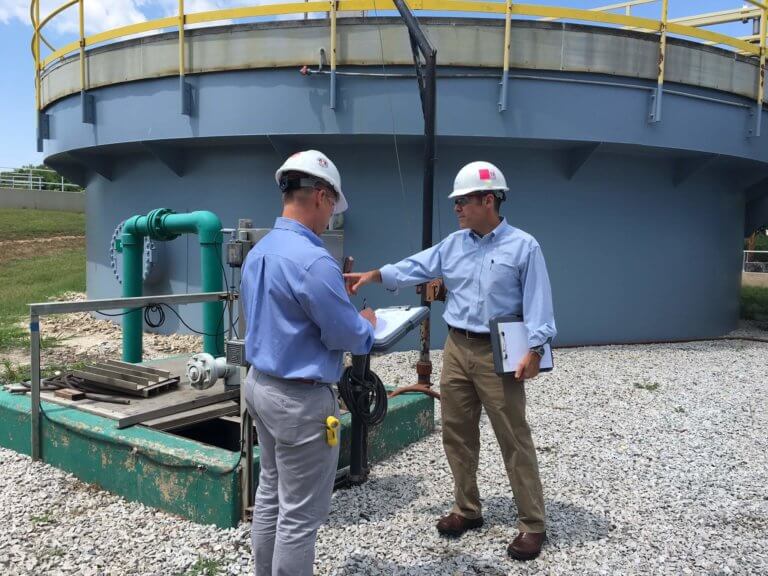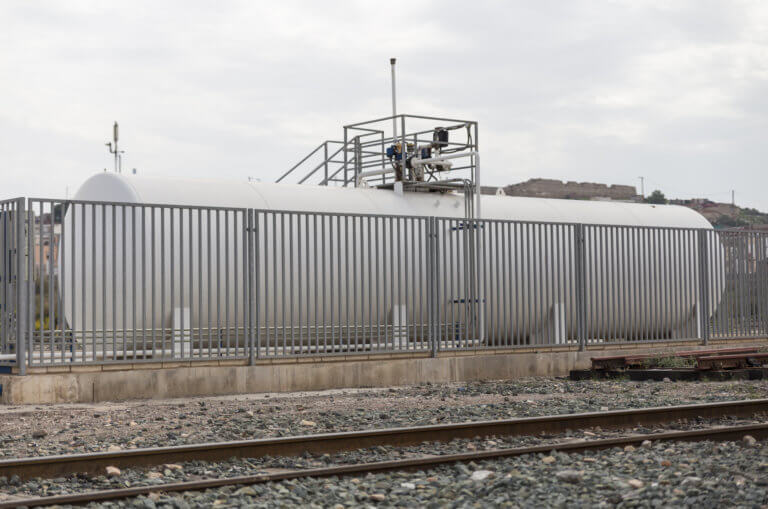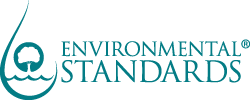The Pennsylvania Storage Tank and Spill Prevention Act (Act 32 of 1989; Storage Tank Act) has not had substantial revisions since it was originally published in 1989. PA DEP published the recently proposed rule in February 2018 and it is anticipated the revised rulemaking will become final in December 2018. Most of the technical changes are focused on preventing new underground storage tank (UST) releases and mainly consist of new operations and maintenance (O&M) and inspection requirements. An example is a requirement to inspect spill prevention and leak detection equipment every 30 days with annual testing of release detection equipment. Changes to the aboveground storage tank (AST) regulations are also incorporated into the rulemaking. Changes to the AST regulations include new, in-service inspection requirements as well incorporating some previously exempt USTs into the regulations.

The Pennsylvania Chamber hosted its Fall Environmental Compliance Conference in King of Prussia, Pennsylvania, on October 30, 2018. As part of the conference, an update was provided regarding the Pennsylvania Department of Environmental Protection’s (PA DEP’s) storage tank regulations and the Act 2 Program.
As part of the update to the Storage Tank Act, PA DEP also made revisions to the storage tank release reporting requirements. The definition of a “release” has been updated that broadens the definition of reportable releases. The revised definition of a release now includes a release from a storage tank into a containment structure or facility (secondary containment). The revision goes on to state that a release into secondary containment is considered an “immediate threat of contamination.”
Coincident with the anticipated approval of the revised Storage Tank Act, PA DEP is also releasing an update to the Act 2 Technical Guidance Manual (TGM), which has not had a substantial revision since 2002. PA DEP plans to finalize and publish the revised TGM by the end of 2018. Some of the highlights of the revised TGM are related to vapor intrusion guidance, whereby, a Cleanup Plan is required when installing a vapor mitigation system. This is required, even if no actual cleanup occurs. In addition, PA DEP is removing three gasoline additives from the definition of “petroleum hydrocarbons.” The three additives are:
1,2-dibromoethane (EDB); 1,2-dichloroethane (EDC); and methyl tert-butyl ether (MTBE). The significance of this change is related to lateral proximity distances from building foundation triggering vapor intrusion investigations. Petroleum hydrocarbons can trigger an investigation if they are within 30 feet laterally of a building. Non-petroleum substances can trigger a vapor intrusion investigation if the contamination is within 100 feet laterally of a building.

Another noteworthy proposed change in the Act 2 program is the revision of some Act 2 medium-specific concentrations (MSCs or cleanup standards). The MSCs are routinely updated as new toxicological and exposure information becomes available. The proposed changes are related to two exposure pathway changes. One is a change in the groundwater ingestion rate for adults from 2 liters per day to 3 liters per day, which results in a 33-percent decrease in the ingestion-based standards. The second change is the classification of two compounds as a volatile (naphthalene and 2-methylnaphthalene), which results in the inhalation pathway driving the risk. The revised MSCs will be proposed to the Cleanup Standards Advisory Board (CSSAB) in December 2018.


